For those who follow the Ukraine - Russia conflict online, it’s common to read claims that Russia’s military is incompetent and losing because it’s not simply rolling over the Ukrainians. This (mis)perception is based on a failure to understand that we are witnessing, in this conflict, perhaps the first major modern war. What that means is that, while this war is a mismatch in terms of firepower, Ukraine’s military is very much a modern military in important respects—especially in air defenses. Thus, the comparison between US wars against tribal or even state militaries are inapplicable. The Armchair Warlord has an excellent thread explaining all this, so that the slow pace of Russian advance becomes more understandable—we are witnessing two modern militaries engaged in a conventional war using high tech equipment. The US has been preparing Ukraine for this war for something like eight years. In what follows I’ve edited out some of the photos to fit the piece in.
Alright team, I owe you guys a thread on battle theory. Let's talk force employment and why no single weapon system is ever going to be a "game-changer" in modern war... at least between opponents who know what they're doing.
The key to understanding why is grasping the concept of the "empty battlefield," something which emerged in the late 19th century but which truly came into its own during the First World War.
Prior to WWI, armies stood out of the terrain. Soldiers wore bright uniforms, carried standards into battle, and little if any thought was paid to camouflage except by specialized units.
If there was a battle going on, it was usually pretty obvious.
This all changed because the technology of warfare developed to the point that it was possible to kill any enemy that could be seen - and quite quickly.
Armies had to start using cover and concealment to survive, and learn to operate under these new conditions.
This situation has continued - and developed further - into the modern day. Modern-day troops spend the vast majority of their time hiding. Even while attacking, soldiers and even armored vehicles will dash from cover to cover.
Command posts and logistical operations will be carefully camouflaged, and if possible dug in. They'll move frequently in case they're found anyways. Units will take care to minimize radio traffic to avoid being located by their electromagnetic signatures.
The end result of all of this is the modern "empty battlefield" - a situation where an entire army is folded into the nooks and crannies of the terrain, and the only things visible are the smallest movements, even when that army is on the attack.
What this means is that even with long-ranged, powerful and accurate weapons, most of a modern army cannot be attacked because it cannot be located precisely enough to strike.
And this is just basic, passive countermeasures. Modern armies also employ extensive active measures - jamming, counterbattery sensors, and air defenses, as well as survivability measures like armor and entrenchments.
As such even the highest-performance weapons struggle to find targets, their launchers can be located and destroyed, and the munitions themselves may be ineffective on impact - or even shot down en route!
So where does this notion of military "game-changers" come from? Well, one is wishful thinking by bad analysts. The other is from observing wars between incompetent armies.
If military forces can't implement the "modern system" of war competently - let's say they're rolling around with flags flying, leaving their vehicles in the open, not using adequate air defenses, or use unsecure communications - then they can be struck at will by modern weapon
As such if you have two incompetent armies squaring off, the technical capabilities of weapon systems become very important because they're being used at proving-ground effectiveness. Thus some fancy new missile or cannon can actually be a game-change
But if everyone knows what they're doing, the technical capabilities of weapons actually become much less important. We've seen this in Ukraine, with the endless parade of Western hardware delivering little in the way of battlefield results. /e
Addendum: If you want to read this same theory at immensely greater length and detail, check out Military Power by Stephen Biddle.




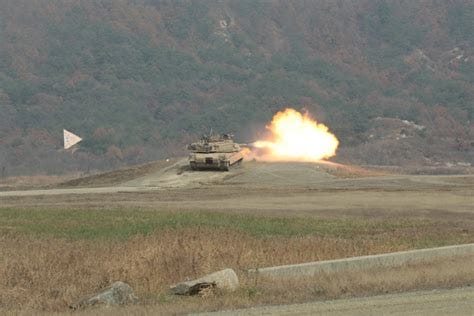

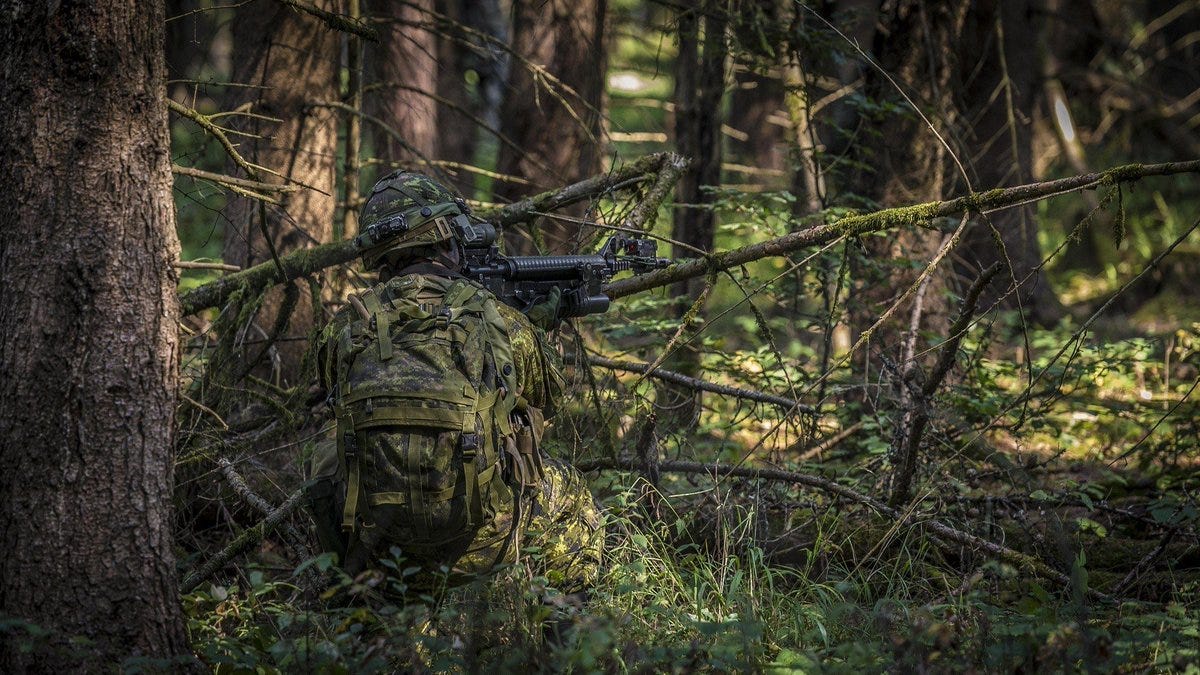
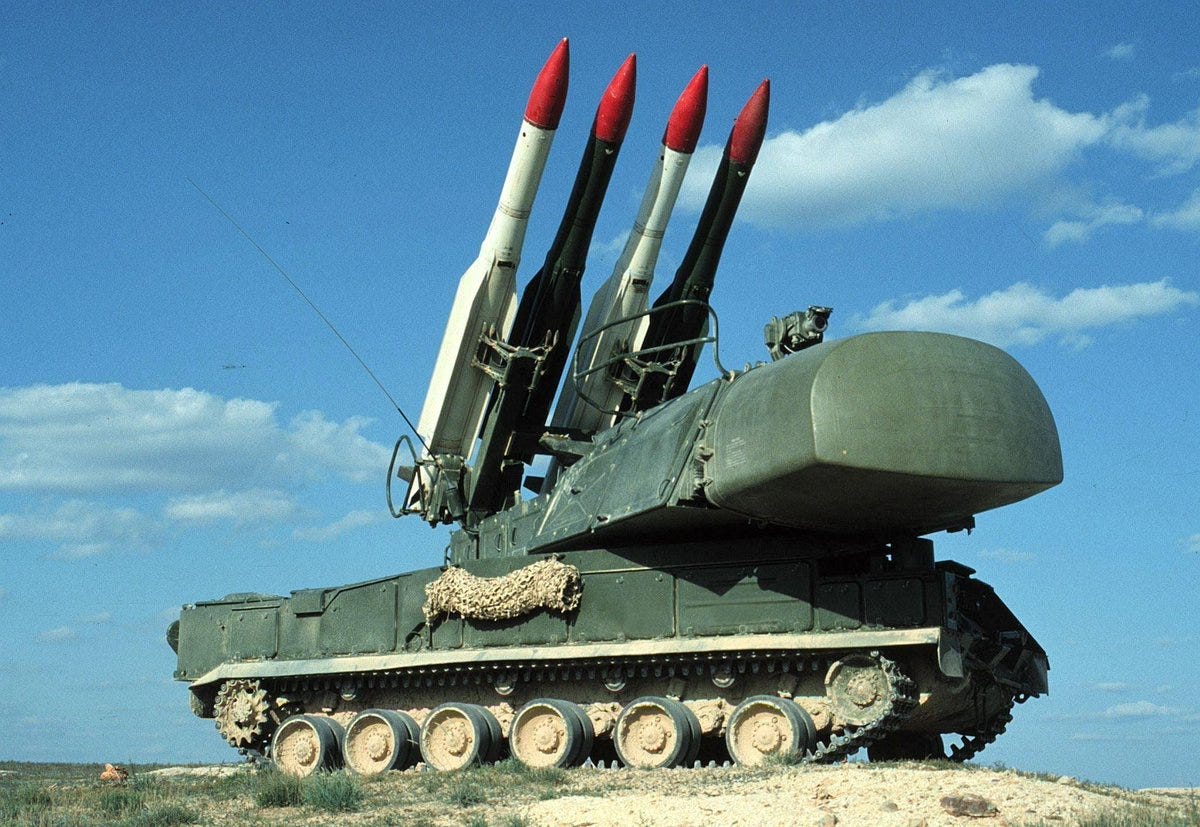
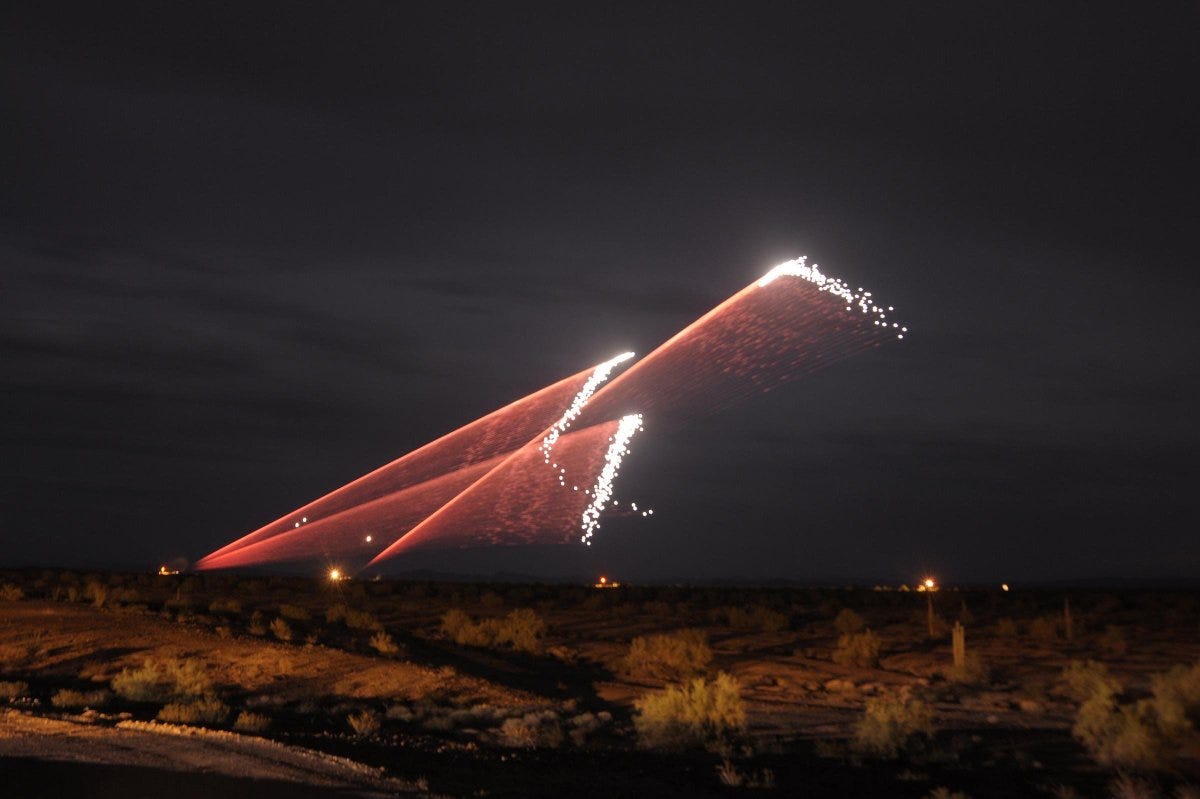
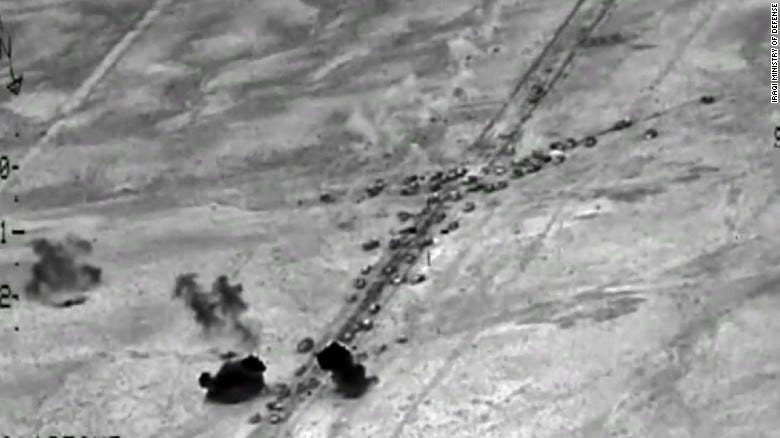
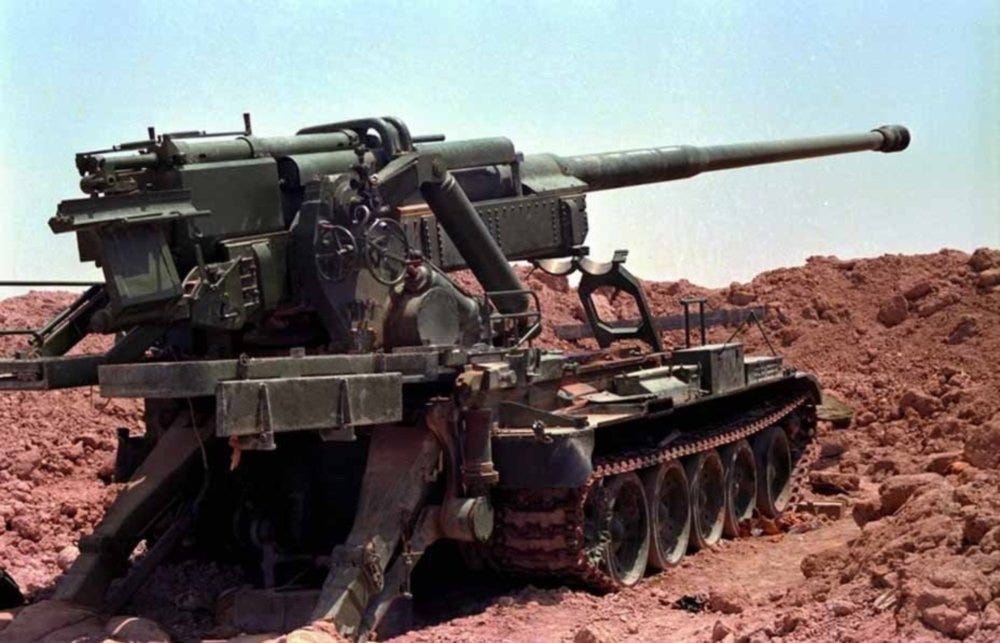
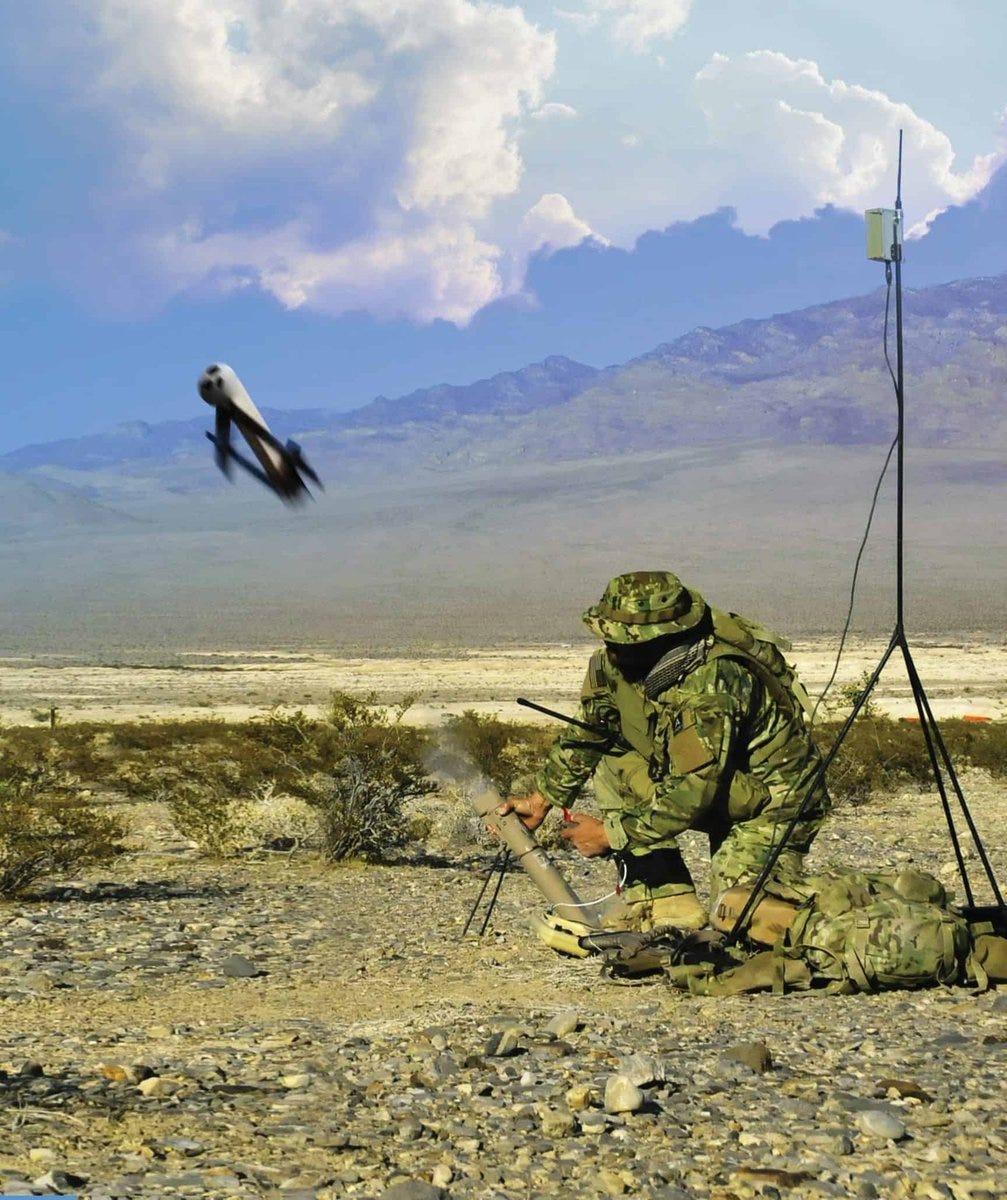
Even if you deploy long-range strike capability, many battles soon progress to boots on the ground. Especially true when fighting insurgents and troops in defilade. We don't use/can't use "game changing" weaponry against insurgents in cities in order to reduce the number of civilian casualties. Military strategists in this country, at least, still view warfare as open terrain warfare similar to WWII, and we develop weapons to fight those types of battle. We've learned nothing from Vietnam, Afghanistan, Iraq, Syria, Somalia, etc.
So, then most fighting quickly progresses/digresses to between soldiers or soldiers with insurgents. To give you an idea of how difficult it is to win when fighting has moved to this level of engagement:
From Turley, Jan 10, 2011: "There is an amazing (and startling) statistic out of Iraq and Afghanistan: the United States has fired an estimated 250,000 for every insurgent killed. The U.S. is going through so much ammo that manufacturers are struggling to keep up. In another milestone, U.S. troops in Afghanistan now surpass the number in Iraq.
The U.S. military are now importing ammo from Israel to keep up the rate of fire.
US forces have fired so many bullets in Iraq and Afghanistan – an estimated 250,000 for every insurgent killed – that American ammunition-makers cannot keep up with demand."
Where's the honor in any empty battlefield?